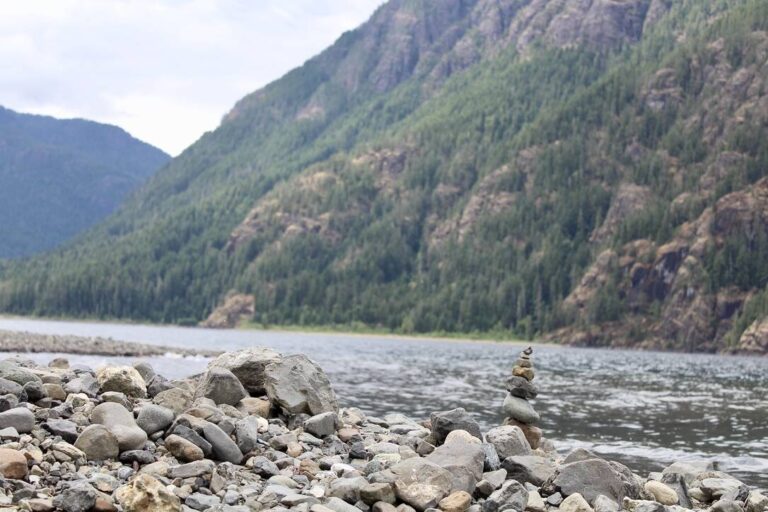Quadra Island water security team works to get a handle on supply as supply grows more scarce
As a landscape architect specializing in wetland restoration, Bernie Amell knows how water moves across the landscape.
However, he has had a crash course in drought after he and his wife moved to their Quadra Island agricultural acreage, across from Campbell River on B.C.’s so-called “Wet Coast” three years ago.
“We arrived in 2021, in the ‘heat dome’ summer, and the shallow well dried up,” said Amell, a member of Quadra Island’s Climate Action Network (I-CAN).
“We had to buy water in jugs while we were building the house. We could barely water any plants in the garden.”
Most of Quadra’s 2,700 residents depend on groundwater, from shallow or drilled deep wells, to meet their water needs,
It’s not uncommon for some shallow wells on the island to run dry during a hot summer, Amell said. With future summers only expected to be drier and hotter, the vulnerability of Quadra’s deep-water wells and groundwater resources remains an open question, Amell said
“It’s definitely an issue on the horizon,” he said.
As a result, I-CAN’s water security team has launched an ambitious project to gather data on the health of the island’s aquifers and get a sense of how much water is being extracted and if they are recovering or not.
That way, an analytical system can be set up to determine sustainable water-use thresholds, boost the community’s climate resilience and avoid a water crisis, said islander Nick Sargent, a retired hydrogeologist who is leading the aquifer study.
The idea is to avoid situations that have developed in the Okanagan Valley and on the southern Gulf Islands where competing demands on water have exceeded supply for well over a decade.
Quadra Island, along with most of the province, is weathering the twin crises of prolonged drought and record-breaking wildfires.
Eighty-five percent of B.C.’s 34 water basins are experiencing severe drought. And more than 55 per cent, including Quadra Island, are at Level 5 on the provincial drought scale — the point when adverse socioeconomic or ecosystem impacts are almost certain.
Drought conditions are fuelling the wildfires tearing across the province, which have scorched more than 1.73 million hectares of land, sparked a provincewide state of emergency and more than 150 evacuation orders and alerts and the exodus of as many as 30,000 people from their homes from badly hit areas like Kelowna and the Central Okanagan and Shuswap regions.
On Quadra Island, extreme drought is no longer an exceptional event. The island and the wider eastern Vancouver Island water basin have suffered Level 5 droughts for the past three summers in a row.
Drought shrivels rivers and streams and threatens wildlife and fish habitat, especially Pacific salmon stocks, which are already threatened. As the surface water dries up, there’s additional pressure on groundwater resources and increased competition between various water users.
The entirety of Vancouver Island, where climate change has led to declining snow packs and meltwater, has been suffering a Level 5 drought since mid-July. The province has imposed temporary water restrictions in watersheds for the Tsolum River and Koksilah and Cowichan rivers in central Vancouver Island, prohibiting industry and farmers growing forage crops for animals from using surface or well water in order to preserve water for fish, livestock and growing food.
Unlike Vancouver Island, Quadra doesn’t have mountains with snowpacks or municipal water reservoirs to draw on, Sargent said.
It’s largely dependent on rainfall or surface water like creeks, streams and lakes to recharge underground aquifers.
But like most small rural populations in B.C., the level of Quadra’s groundwater resources and the effects of drought and other climate changes on aquifers and the community’s water security is largely a mystery.





